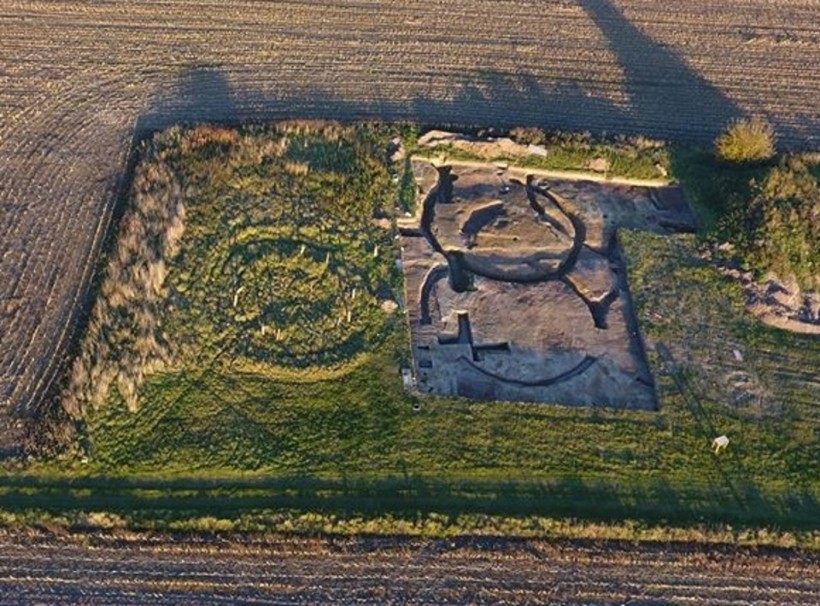Archaeologists searched for a lost Cistercian abbey in England's Poulton region for more than 25 years. In their recent projects, the experts found different sets of historical clues, such as medieval skeletons and other Roman artifacts.
England's Iron Age Time Capsule

The first high-status Iron Age site in North-West Britain has just been published in JCAS91. Multiple roundhouses and 5,000 finds were recovered from one trench, notably including dog sacrifices, human bone, ritual deposition, and much more #archaeology #Ironage #poulton
Now, their latest dig included a wide-scale time capsule that was very well-contained in their original places. According to the study, the state of the discovery was "the best-preserved picture of late prehistoric life" that was excavated in North West England.
In almost a decade of their recent ventures, the archaeological team of the Poulton Research Project was able to uncover ten roundhouses and a collection of over 5,000 discoveries. All of these unearthed materials had supported numerous studies on the massive and wealthy culture of North West England.
The project collected so much of the historical artifacts that it could already be confirmed how abundant ancient life was during the iron age, as opposed to what we first thought.
Liverpool John Moores University archaeology expert and Poulton Research Project consultant Kevin Cootes said in a ScienceAlert report that only a little information from the high-status communities from the iron age was known until today.
The expert said that their team found a lot of hints that reflect how the community functioned during its time, including how they developed the trade along the river.
According to Cootes, Poulton can be considered a well-preserved time capsule from a thousand-year life during the iron age. The untouched collective in the region is not even a "once in a lifetime" find, but a "once in a thousand careers" discovery, the expert continued.
The first high status Iron Age site in North-West Britain has just been published in JCAS91. Multiple roundhouses and 5,000 finds were recovered from one trench, notably including dog sacrifices, human bone, ritual deposition and much more #archaeology #Ironage #poulton pic.twitter.com/iJFQgLFrGA
— The Poulton Project (@PoultonProject) January 28, 2022
The iron age settlement of Poulton was estimated to function in 800 years. The ancient place was discovered coincidentally due to the previous dig of the project, where they found more than 900 skeleton sets in a Chesire medieval chapel.
However, the skeletons were found to predate the burial ground itself. The analysis showed that the excavated remains are much older than the archaeological site. When the team dug deeper, they discovered a vast iron age collection, all with ten roundhouses and numerous types of materials scattered across the place.
ALSO READ: 6 Mummified Peruvian Children Believed to be Sacrificial Escort to Dead Nobleman to the Underworld
Rare Iron Age Discovery in Poulton
The lower depth of the Poulton discovery dates back to 800 BC. Among the finds they unearthed was a possible sacrificial dog, decorated toggles, a possible anvil stone, potteries, and other household objects.
One particular craft of pottery gained the attention of the experts. It contains a volume of salt that might have been used for trade. The authors theorized that people were already able to transport salt from the region of Middlewich to places located 30 kilometers away during the iron age.
In their previous study, the Poulton research authors explained that the neutral soils responsible for the well-preservation of the medieval skeletons had influenced the containment even for the new iron age discovery. The ditches built around the site also helped maintain the original placement of structures and materials from being destroyed by the following plowing activities.
The new paper was published in the Journal of the Chester Archaeological Society, titled "Poulton, Cheshire. The Excavation of a Lowland Iron Age Settlement."
RELATED ARTICLE: Ancient Woman's Tomb in Dolmen of El Pendon From 3000 BC Shows Signs of First-Ever Ear Surgery
Check out more news and information on Archaeology in Science Times.














